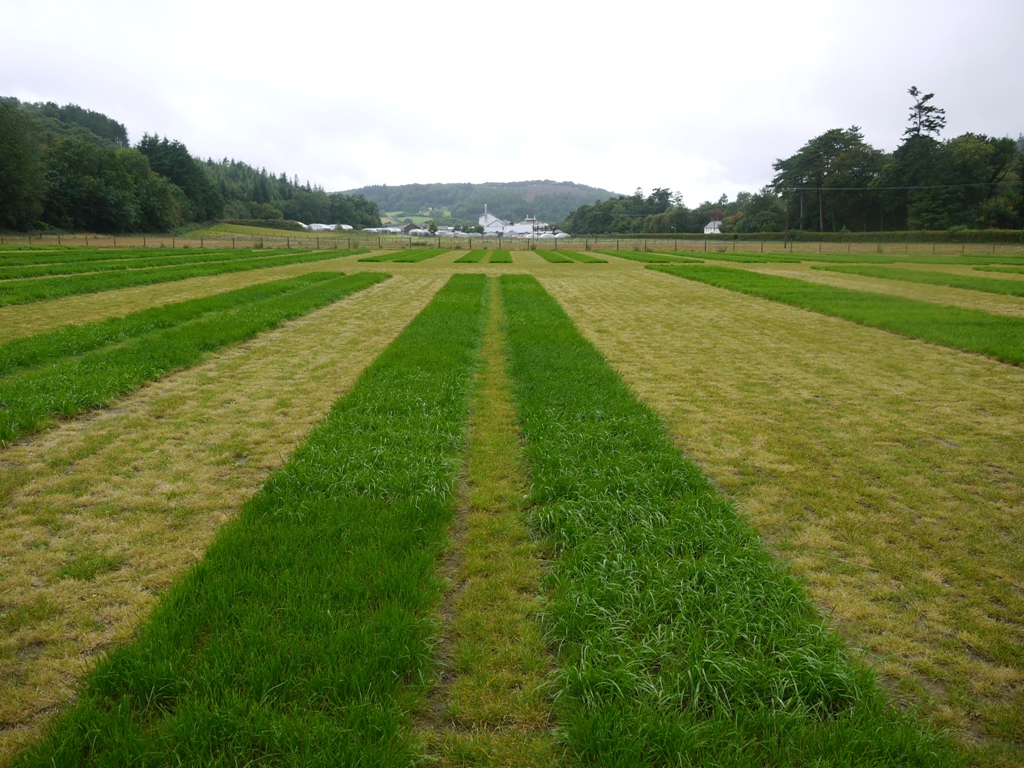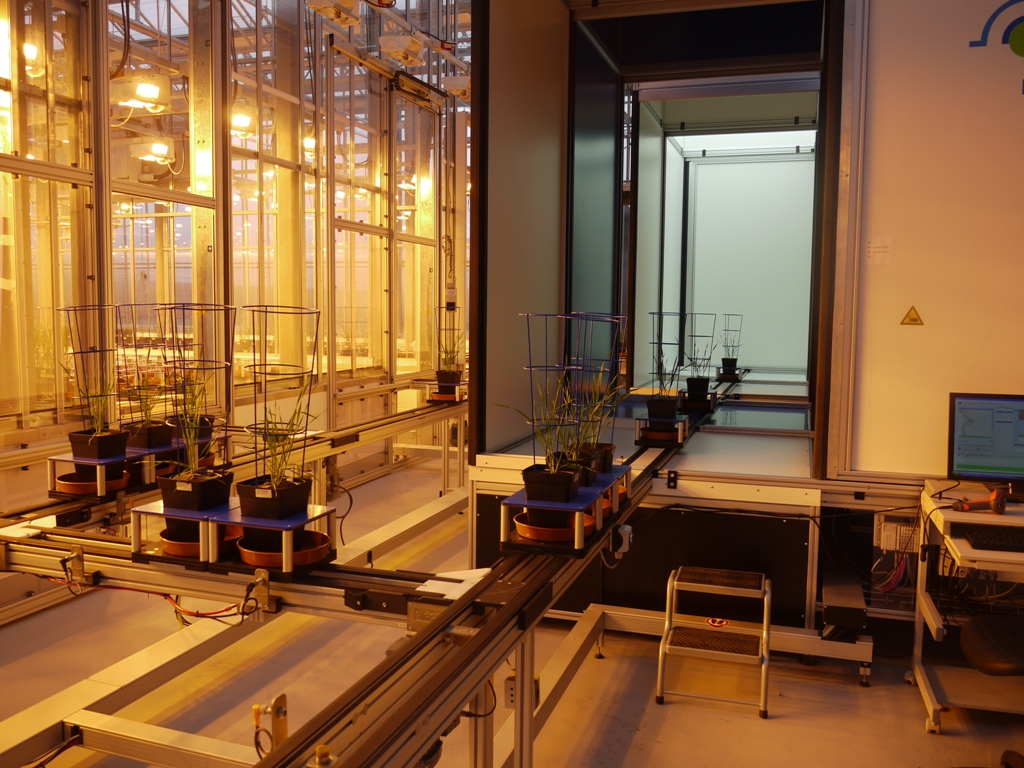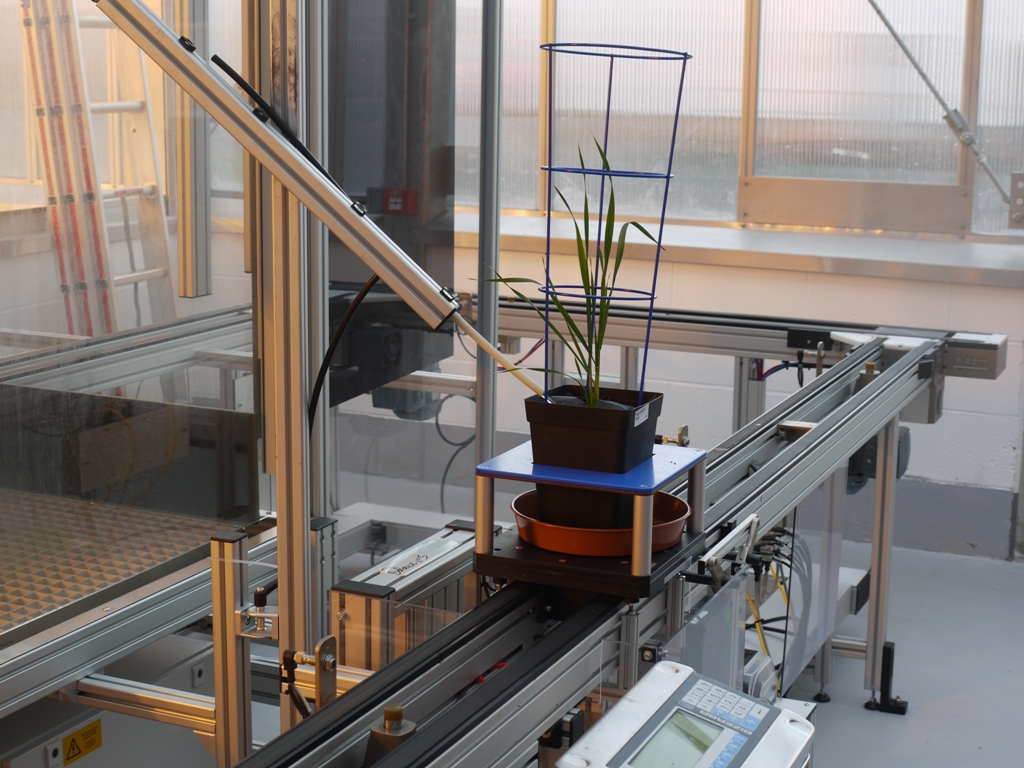by The Curious Scribbler
The Scribbler made a rare excursion to London this weekend and travelled home on Sunday evening, from Euston to Abersytwyth.
At Birmingham New Street I spent 40 minutes, bought a cup of tea and fell into brief conversation with another passenger in the concourse. She was a fashionably tweedy woman with a medium sized suitcase, accompanied by two well behaved gentle-eyed dogs and a child who carried a white pet rat in a red topped plastic travelling box. I don’t know where they had travelled from but it had already involved other trains. She remarked that fellow travellers had been nice to them, and indeed that more people spoke to them than she would have expected were she alone. Like me she was travelling westward. For lack of a real name I shall call her ‘Mrs Weasley’.
The Arriva 18-24 service to Aberystwyth was on time and expected on Platform 5A. Dog’s claws are at risk on escalators and some ten minutes early we shared a ride in the lift to platform level. There was already a dense crowd assembled for the train and she and I took up separate waiting points where we could find a space in the crowd. I favoured the front row near where the front of the train might be expected. With her animals, she took up a position further down the platform and farther from the edge.
The tannoy rang out, confirming that the next train to arrive at Platform 5A would be the Arriva Wales service. But it was not. Instead, in rolled a London Midland special train packed to capacity with returning football fans. It did not even pull forward to the unoccupied platform 5B. Instead it stopped exactly at Platform 5A where we stood waiting already crowded five deep. The tannoy spoke again, to tell us that this London Midland train was in special service and no one was to get aboard it. Instead its passengers disembarked into our midst and jostled their way towards the escalators.
The train was a long one and every seat was taken with many more standing. Probably as many as a thousand men and boys eased their way in several strands through our crowd, one strand moving along the platform edge were constantly impeded by further disembarkers, other strands formed a conga and pushed their way single file through the body of our crowd. Toes collided with our feet and our suitcases, rucksacks swung in our faces. There was no spare capacity on the platform, and every fan from the back carriages had to push through the entire throng of Arriva passengers to reach the exit. It must have been horrible for the dogs, though they were too mannerly to make a sound.
After some minutes of this onslaught the flow of departing passengers slowed, and soon, we imagined, the special train would depart and make way for ours. The time was just after 18-24. The tannoy spoke again. The 18-24 would depart from platform 2A. No doubt it was already there, but Network Rail had, till now, omitted to inform us of the fact.
So I and the Wales-bound crowd turned en masse and struggled hastily to join the flow of ambling supporters who had been pushing through our midst. We queued for the escalator or fought our way up the stairs. We ran along the concourse and descended to platform 2. I squeezed onto the first carriage and secured a remaining reserved seat. And as I was about to sit I saw ‘Mrs Weasley’ and the child, and the dogs running to press the ‘Open’ button on the then-closing door of our carriage. Perhaps she should have stuck her foot in the closing gap. As it was, the door continued to close and the train dispatcher stood by with a walkie-talkie, unmoved by Mrs Weasley’s furious protests. The train started on its way. Arriva Wales has a schedule to keep, and they will doubtless say it was not their fault that Network Rail (who run the station) had wilfully separated the Wales-bound passengers from their train.
As for the other travellers with slower mobility, – the parents with buggies, the old lady with swollen legs and a small terrier peeping out of a large handbag, the man in a wheelchair, all of whom I noticed on Platform 5A. Well, I guess we left them behind too. They’d be waiting another two hours for a train to Wales.



